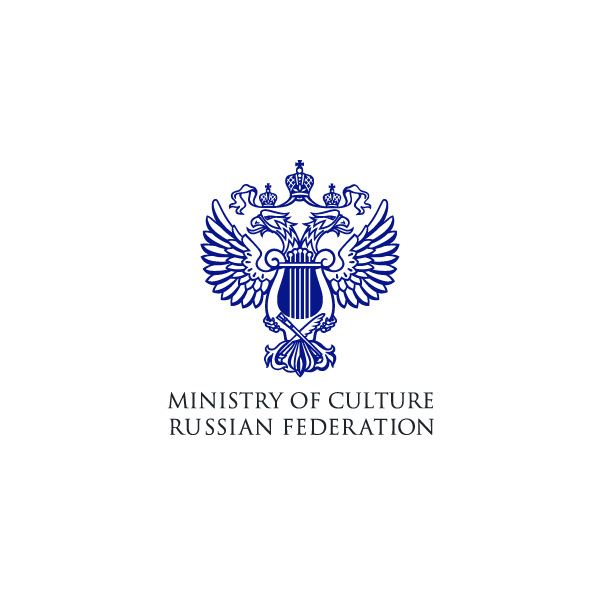The exhibition is part of the Russian State Art Library (RSAL) exhibition cycle ‘Not Yet Forgotten. The Golden Ring of Folk Crafts’.
The exposition presented past and present samples of the famous porcelain craft, as well as monographs, postcards, exhibition catalogues from RSAL’s collections dedicated to the art of Gzhel. The opening day was attended by specialists from the Gzhel association, art historians, and researchers.
Throughout its history, Gzhel porcelain has undergone many tests. It was especially difficult after World War 2. Only thanks to the efforts of a scientist, a specialist in ceramics, Alexei Saltykov and artist Natalya Bessarabova, the craft was revived. Now the characteristic blue floral pattern on a white background is known and beloved all over the world. It is easy for art critics to identify the distinctive ‘Gzhel rose’. In the 1990s, these handicrafts were so popular that they were frequently counterfeited, which rarely occurs in the art market.
Gzhel painting is rather diverse. Despite its nationwide popularity, few know about the period when Gzhel porcelain was painted in various colours, how the blue patterns appeared on Gzhel dishes, what path was traversed by the craft from majolica, earthenware, and semi-faience to porcelain. This information can be gleaned from library monographs, books, and albums on the history of Gzhel.


